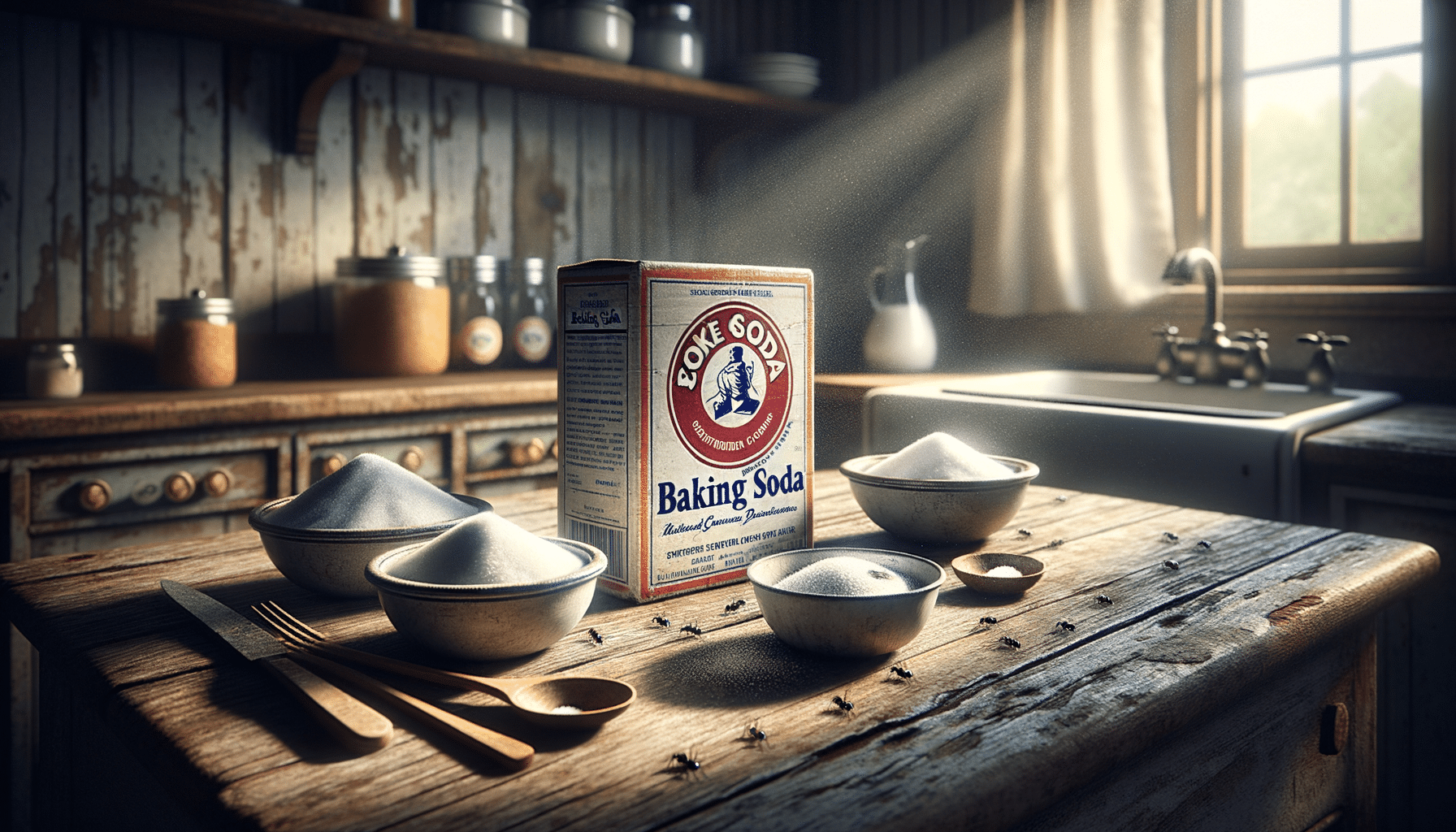
Relaxation Massages vs. Therapeutic Massages: Which Do You Need and Why?
Introduction to Massage Therapy
Massage therapy has been a cornerstone of holistic health practices for centuries, known for its profound benefits in promoting relaxation and relieving physical discomfort. As our lifestyles become increasingly hectic, the demand for massage therapy has surged, providing a sanctuary from stress and a pathway to better health. This article delves into two popular types of massage: relaxation and therapeutic, exploring their unique benefits and helping you determine which might suit your needs.
Understanding Relaxation Massages
Relaxation massages, often referred to as Swedish massages, are designed to soothe the mind and body. They employ gentle techniques such as long, flowing strokes, kneading, and circular movements on superficial layers of muscle using massage lotion or oil. The primary goal is to relax the entire body, improve circulation, and relieve tension. This type of massage is perfect for those looking to unwind and de-stress.
Relaxation massages are beneficial for:
- Reducing stress and anxiety
- Improving sleep quality
- Enhancing mood and mental clarity
- Boosting the immune system
The ambiance in a relaxation massage session is crucial, often characterized by dim lighting, calming music, and a tranquil setting to enhance the overall experience. It’s an ideal choice for anyone new to massage therapy or those seeking a gentle, calming session.
The Benefits of Therapeutic Massages
Therapeutic massages, on the other hand, focus on addressing specific health issues or injuries. These massages are more targeted and can include techniques such as deep tissue, trigger point therapy, and myofascial release. The intensity of therapeutic massages can vary, depending on the client’s needs and the areas being worked on.
Therapeutic massages are especially effective for:
- Relieving chronic pain and muscle tension
- Improving flexibility and range of motion
- Enhancing recovery from injuries
- Supporting rehabilitation from physical conditions
Those experiencing ongoing pain or recovering from an injury may find therapeutic massages particularly beneficial. The therapist will often work on deeper layers of muscle and connective tissue, which can sometimes cause discomfort during the session but leads to significant relief afterward.
Choosing Between Relaxation and Therapeutic Massages
Deciding between a relaxation and a therapeutic massage depends largely on your personal needs and health goals. If your primary aim is to de-stress and enjoy a soothing experience, a relaxation massage is likely the right choice. It offers a gentle approach, ideal for those looking to escape the pressures of daily life.
Conversely, if you are dealing with specific physical issues, such as chronic muscle pain or recovering from an injury, a therapeutic massage may be more beneficial. It provides targeted relief and can significantly enhance your physical well-being.
Consider what you hope to achieve from your massage session. Discuss your goals with a qualified massage therapist who can tailor the session to meet your specific needs, ensuring you receive the most benefit from your massage therapy experience.
Conclusion: Finding the Right Fit for You
Both relaxation and therapeutic massages offer unique benefits that cater to different needs. Whether you’re looking to unwind and alleviate stress or address specific physical concerns, massage therapy can be a valuable tool in promoting overall health and wellness. By understanding the differences and benefits of each type, you can make an informed decision that aligns with your personal health goals.
Remember, the key to a beneficial massage experience is communication. Talk to your therapist about your expectations and any concerns you may have. This dialogue will help ensure that your massage session is tailored to your needs, providing the maximum benefit for your body and mind.


